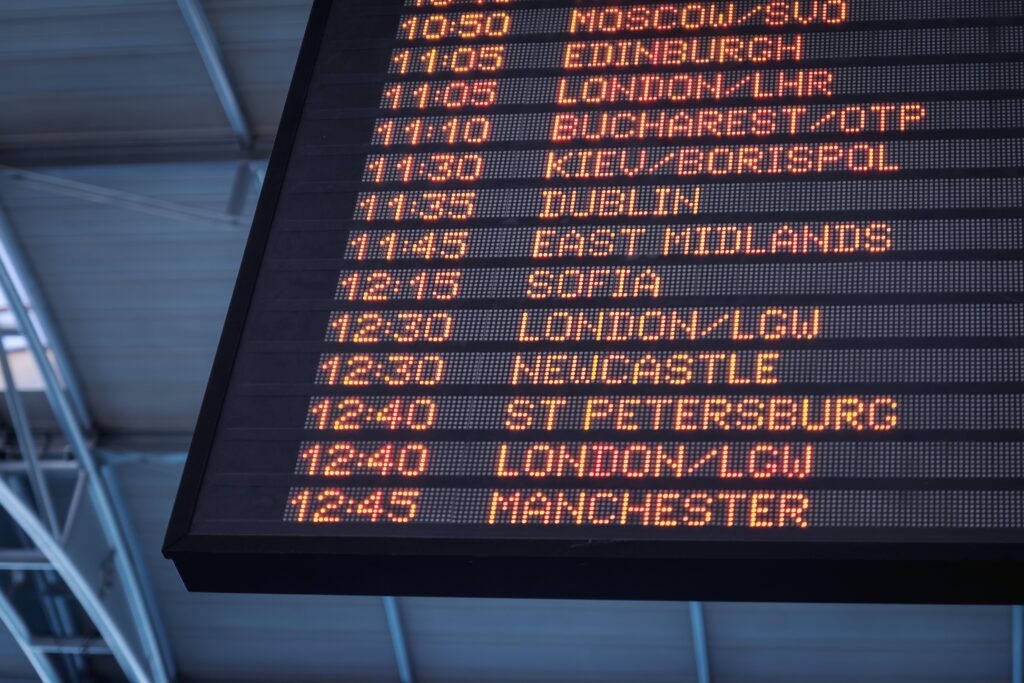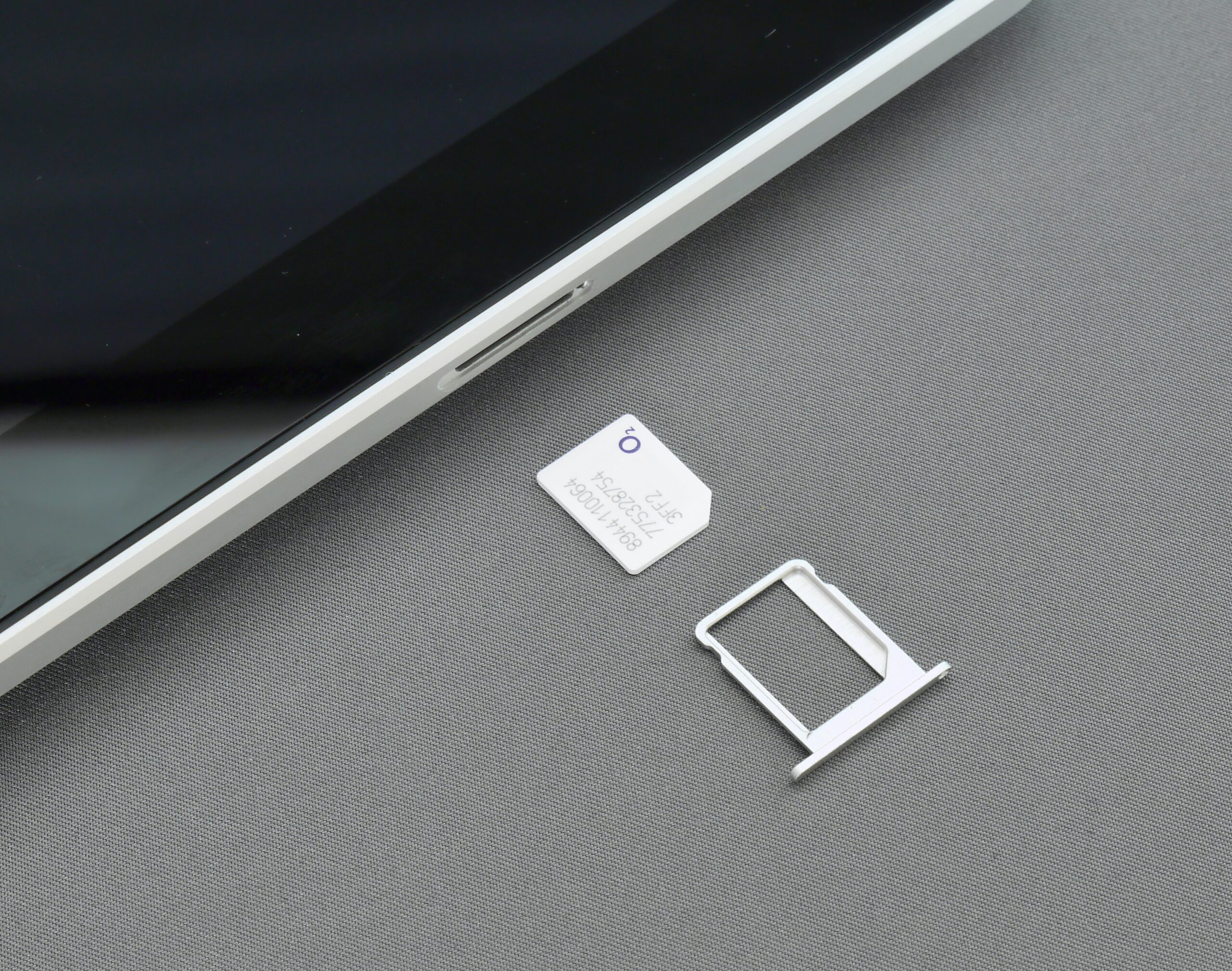Croatia Transportation Guide
Croatia Transportation Guide: Efficient transportation in Croatia with buses, ferries, and catamarans connecting cities and islands, offering scenic journeys and accessibility.


Croatia Transportation Guide – International Airports
Croatia has several international airports that serve as major gateways for travelers coming from different parts of the world. The main international airports in Croatia are:
Zagreb Airport (Franjo Tuđman Airport) – Located in the capital city, Zagreb Airport is the busiest airport in Croatia and serves as the primary international gateway.
Split Airport (Resnik Airport) – Situated near the city of Split on the Adriatic coast, Split Airport is another major international airport in Croatia, especially popular during the summer tourist season.
Dubrovnik Airport (Čilipi Airport) – Located near the historic city of Dubrovnik, this airport serves as a significant entry point for visitors coming to the southern part of Croatia.
Zadar Airport – Serving the city of Zadar and the surrounding region, Zadar Airport caters to international travelers, especially during the summer months.
Pula Airport – Located in Istria, Pula Airport is an important international airport that serves tourists visiting the Istrian Peninsula.
Rijeka Airport (Krk Airport) – Situated on the island of Krk, Rijeka Airport serves travelers visiting the northern Adriatic region.
Osijek Airport – Serving the eastern region of Croatia, Osijek Airport connects with some international destinations.
National Airports
Croatia has several national airports that cater to domestic flights and connect various regions within the country. The national airports in Croatia are:
Zagreb Airport (Franjo Tuđman Airport) – Located in the capital city, Zagreb Airport serves as both an international and domestic airport, connecting Zagreb with other cities and regions in Croatia.
Split Airport (Resnik Airport) – While Split Airport is a major international airport, it also serves as a national airport, connecting Split with other Croatian cities.
Dubrovnik Airport (Čilipi Airport) – Similar to Split Airport, Dubrovnik Airport is primarily an international airport but also operates domestic flights connecting Dubrovnik with other Croatian destinations.
Zadar Airport – Besides handling international flights, Zadar Airport also operates domestic flights to various cities within Croatia.
Pula Airport – Pula Airport serves as a domestic airport, providing connections between Pula and other cities in Croatia.
Rijeka Airport (Krk Airport) – Rijeka Airport mainly handles international flights during the tourist season, but it also operates domestic flights connecting Rijeka with other Croatian destinations.
Osijek Airport – Osijek Airport primarily serves domestic flights, linking Osijek with other cities within Croatia.
Croatia Transportation Guide – Trains
Croatia has a well-developed railway network that connects various cities and regions within the country. The Croatian Railways (Hrvatske Željeznice – HŽ) is the national railway company responsible for passenger and freight services. Here are some key points about trains in Croatia:
Major Train Routes: The main railway line in Croatia runs from the capital city, Zagreb, to major cities such as Split, Rijeka, Osijek, and Zadar, as well as various other towns and regions.
Intercity and Regional Trains: Croatia has both intercity (brzi vlak) and regional (putnički vlak) trains. Intercity trains are faster and connect major cities, while regional trains serve smaller towns and rural areas.
Train Types: Trains in Croatia come in different classes, including fast trains (brzi vlak), express trains (intercity), and local trains (regional). The level of comfort and amenities may vary depending on the type of train.
Ticketing: Tickets can be purchased at train stations, online, or through mobile apps. It is recommended to book tickets in advance, especially during peak travel seasons.
Schedules: Train schedules are available on the Croatian Railways website or at train stations. Trains typically run on time, but it’s advisable to check for any schedule changes or delays.
Facilities: Most intercity and express trains offer amenities such as air conditioning, onboard restrooms, and seats with varying levels of comfort. Regional trains may have fewer facilities but are still a convenient mode of transportation.
Scenic Routes: Some train routes in Croatia offer beautiful scenic views, particularly the line between Zagreb and Split, which passes through picturesque landscapes.
Rail Passes: Croatia is part of the Eurail network, and travelers can use Eurail passes to explore the country by train.
Cross-Border Trains: Croatia has international train connections to neighboring countries like Slovenia, Hungary, Serbia, and Bosnia and Herzegovina.


Croatia Transportation Guide – Buses
Buses are a popular and convenient mode of transportation in Croatia, offering a well-developed network that connects cities, towns, and even remote areas across the country. Here are some key points about buses in Croatia:
Intercity Buses: Croatia has a comprehensive network of intercity buses that connect major cities and towns. These buses are operated by various companies, and you can find both private and public bus operators.
Routes and Schedules: Intercity bus routes cover a wide range of destinations, and schedules are usually available at bus stations, online, or through bus company websites. Buses generally run on time and are a reliable way to travel between cities.
Ticketing: Tickets for intercity buses can be purchased at bus stations, online, or directly from the bus driver. It is advisable to buy tickets in advance, especially during peak tourist seasons when buses can fill up quickly.
Bus Stations: Major cities have central bus stations where intercity buses depart and arrive. These stations are usually located near city centers and are well-connected to other forms of transportation.
Regional and Local Buses: In addition to intercity buses, Croatia also has a network of regional and local buses that serve smaller towns and rural areas. These buses are essential for connecting remote regions with larger cities.
Island Connections: Buses are an important mode of transportation for accessing Croatia’s numerous islands. In coastal areas, you can take a bus to the nearest port and then catch a ferry to the islands.
Cross-Border Buses: Croatia has international bus connections to neighboring countries like Slovenia, Bosnia and Herzegovina, Montenegro, and Serbia.
Bus Passes: Some bus companies offer discount passes or cards that can be cost-effective for travelers planning to use buses extensively during their stay.
Links of interest
Airlines:
Croatia Airlines
Zagreb Airport – Airlines
Split Airport – Airlines
Dubrovnik Airport – Airlines
Pula Airport – Airlines
Rijeka Airport – Airlines
Osijek Airport – Airlines
Trains:
HŽ Putnički Prijevoz
Croatia by Train – Seat 61
Croatian Railways – International Services
Train Europe – Croatia
Rail Europe – Croatia
Buses:
Autobusni Kolodvor Zagreb
Bus Croatia
Croatia Bus
FlixBus Croatia
Metro:
Ride-Sharing:


We recommend
Croatia travel tips
Our guide offers essential Croatia travel tips and insights for an unforgettable journey. Plan your trip with us!
Croatia Transportation Guide – SIM Cards
Obtaining a SIM card in Croatia is straightforward for travelers. Here’s a guide:
Providers:
Choose a reliable provider like T-Mobile, A1, or Tele2. They offer good coverage across the country.
Identification:
Bring your passport; identification is often required to purchase a SIM card.
Purchase Locations:
SIM cards are available at provider stores, kiosks, and supermarkets. Airports and city centers usually have convenient options.
Types of SIM Cards:
Prepaid Cards: Pay in advance for data and calls.
Tourist Packages: Providers often offer specific tourist packages with data and call allowances.
Top-Up Options:
Recharge at kiosks, supermarkets, or online. Many providers have mobile apps for easy top-ups.
Data Plans:
Choose a data plan based on your needs. Providers offer various options, from daily to monthly packages.
Activation:
Insert the SIM card, and follow the provider’s instructions for activation. This may include calling a specific number or using a USSD code.
Coverage:
Croatia has good network coverage in urban areas. Remote or mountainous regions may have limited coverage.
Emergency Services:
Know the local emergency number (112 in Croatia) and have a working phone in case of unexpected situations.
Currency Converter
Currency Converter EUR/USD: Sun, 8 Jun.
Unit Converter
Croatia Transportation Guide – Maps
What map do you need?
Choose your destination
More information about this country









